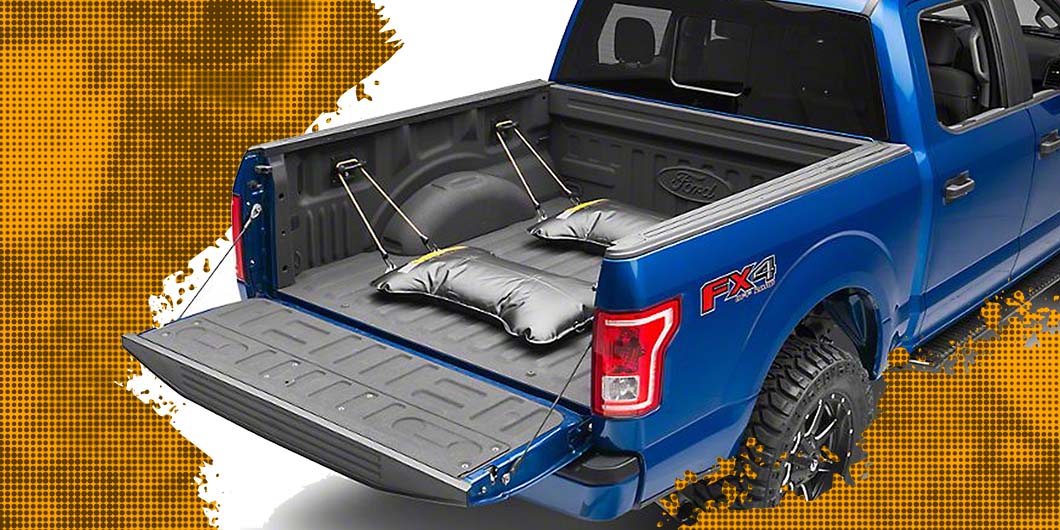To improve traction for rear-wheel drive (RWD) trucks, add between 200 and 400 pounds above the rear axle.
Snowy or icy winter conditions can significantly reduce the traction between your truck's tires and the road, ultimately making driving more dangerous. But if you live in a cold climate, sometimes there's no getting around driving in these less-than-ideal conditions.
You may have heard that adding weight to your truck bed helps increase traction, but does that actually work? Read on to learn more about truck bed weights for winter traction.
Key takeaways:
- You can add weight to RWD trucks to improve traction.
- Avoid adding weight to front-wheel drive (FWD), all-wheel drive (AWD), and four-wheel drive (4WD) vehicles.
- Add between 200 and 400 pounds depending on the weight of your truck.
- Position weights above the rear axle.




